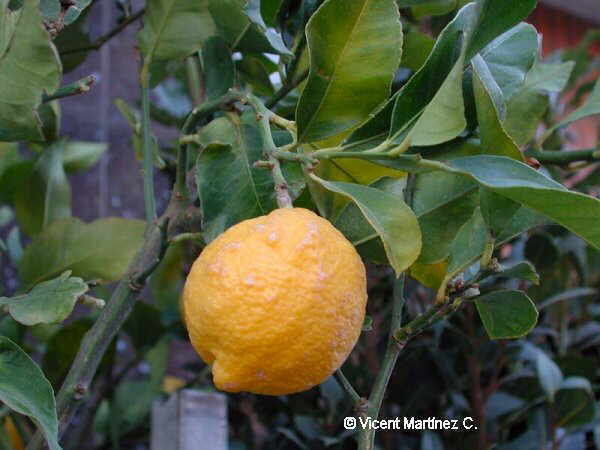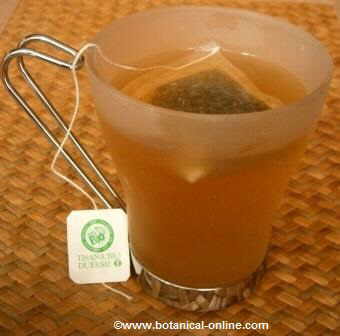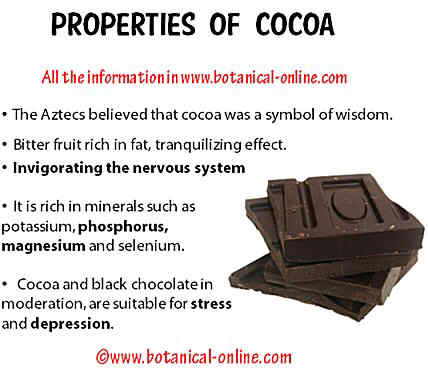Contents
FOOD AND MEDICINAL PROPERTIES OF SOY
A food rich in vegetal protein
The consumption of soy in Asian countries provides an alternative to meat consumption. Soy beats the rest of the vegetables for its richness in protein and its full range of essential amino acids. This implies that soy can replace animal meat or milk, so it is a food especially recommended for those who choose to adopt a vegetarian diet or decide to get rid of some of the meat in their diet.
250 grams of soybean provide 30% of the recommended daily amount. (See tables below for a comparison of the properties of soy food compared to beef and veal) When compared to beef and poultry, their percentage is almost identical in protein.
A very suitable legume for bone health
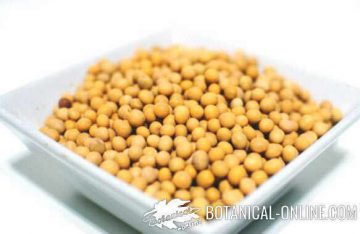
Soybean is very rich in calcium, with a content very near to cow milk, so you can take profit from all the properties of this mineral. At the same time, soy is particularly suitable for those who do not tolerate milk or can not take it because they have lactose intolerance.
We must not forget the importance of this mineral in people with osteoporosis, especially women menopausal or older men.
It should be added that, in addition to calcium, it also contains an isoflavone called daidzein, that helps to prevent bone decalcification because it prevents the loss of calcium from the bones and its expulsion through the urine. Eating this food is usually a good way to keep bones healthy and prevent fractures.
One serving of 250 g of soybean provides 50% of daily calcium needs. We must not forget that it also has a lot of wealth in phosphorus, a mineral that is very important for the body and contributes to bone formation after calcium.
Phosphorus is also involved in the formation of many enzymes, besides being important for good health of the nerves and brain function.
Soy is very good for circulation
Soy constitutes a very interesting food for circulation. It has been proved that the substitution of the protein animal by this food can reduce until a 20% the levels of cholesterol in the blood. The isoflavone genistein not only helps lower “bad” cholesterol (LDL) and triglycerides but it also generally improves circulation by increasing the flexibility of the arteries and make blood flow more easily.
Soy prevents cholesterol to be deposited in the arteries which can lead to arteriosclerosis or has a greater predisposition to suffer a heart disease.
In addition to isoflavones, omega-3 fatty acids are also involved in this property . This explains why vegetarians, often consuming soy have a better state, more flexible and youthful arteries. However, the cardiovascular properties of this food are not only useful for people who eat only vegetables. It has been proved that people who regularly eat meat could reduce or maintain their cholesterol when they included a daily ration of this legume in their diet. In a way this food counteracts the negative effects of cholesterol from animal flesh.
Its potassium content counteracts sodium, reason why it is very suitable in the diet for fluid retention. In addition, its magnesium content, along with potassium, makes it ideal in the treatment of hypertension. Potassium is a mineral that is also very important to maintain your heart, nerves and kidneys in good state.
Soy is a powerful anti-cancer vegetable
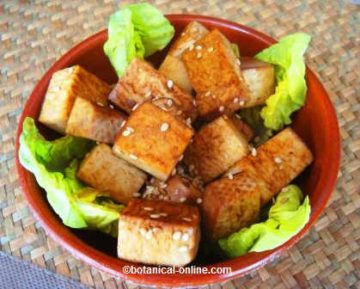
Studies in Japan, where people usually tend to eat lots of soy soup, showed that a daily intake of a bowl of soup reduced to one third the chance of developing stomach cancer. It has also been demonstrated that soy isoflavones stop the growth of cancer cells, especially, prostate, uterus, colon and breast cancer. It seems that the isoflavones genistein and daidzein neutralize cancerous property of estrogens.
Soy An ideal food for menstrual problems
Genistein, daidzein and other soy phytoestrogens may reduce the excess of estrogens produced in the body of women before menstruation, which are the responsible for bad mood, depressive symptoms or other problems associated with premenstrual syndrome. Even more interesting than the cooked seed is the germinated seed, since, when germinated, phytoestrogen content increases much more, thereby increasing their properties.
On the other hand, it helps balance the lack of estrogens during menopause, preventing the occurrence of many symptoms of menopause such as hot flushes, vaginal irritation, irregular periods, etc. or those diseases that are more likely to develop after the loss of menstruation: endometriosis, the loss of bone mass or osteoporosis and heart disease. It was found that Eastern women, who have on soy one of the main sources of food, have a much lower incidence in these diseases.
Soy other interesting properties
The content of soy lecithin can help strengthen acetylcholine, reason why it is considered interesting in the diet of patients with Alzheimer.
Soybean is a food very recommended for diabetics because, by releasing sugar gradually, it stabilizes the sugar levels in the blood.
Soybean has abundant fiber that can prevent constipation since this element promotes bowel movements and facilitates the early expulsion of stool.
Some Chinese doctors use exclusive diets of soybean to cure warts. The treatment consists of eating only this food boiled in unsalted water for three times a day for three days.
Soybean oil is used extensively in cosmetics for skin care, specially for wrinkles. For its fat content, it is frequently used for the manufacture of masks, cleansers, creams for dry skin or mixed skin creams.
How to eat soy?
Soybeans can be eaten as a vegetable. With them all kinds of dishes can be made. You can make soups, you can eat them boiled combined with other vegetables or they can be added to salads. Unlike other legumes, soy is much more digestive and does not produce the effects of flatulence which would produce other relatives as beans or chickpeas.
In addition to vegetables, there are many derivatives of these products (sprouts, milk, tofu, salsa, oil, flour, etc.) All retain or even increase the properties of the seed and can be a good way to eat this food. (More information on these derivatives in the listing below)
For proper assimilation of protein, soy should be soaked in water overnight with a minimum of six hours. Soy cooking must be quite long, more or less about three hours. Soy is rich in raffinose, stachyose and verbascose three complex carbohydrates, that, together with genistein, are difficult to digest and can cause flatulence.
Like other legumes, raw seed can be preserved well and can hold up to six months if stored in a tightly sealed, dry, cool place.
| Composition of soybeans and beef per 100 gr. | ||
| Soybeans cooked without salt | Unsalted lean beef | |
| Water | 62.5 g | 58.9 g |
| Energy | 173 Kcal | 192 Kcal |
| Fat | 8.9 g | 6.3 g |
| Protein | 16.64 g | 31.5 g |
| Carbohydrates | 9.9 g | 0 |
| Fiber | 6 g | 0 |
| Potassium | 515 mgs | 308 mgs |
| Sodium | 1 mg | 51 mgs |
| Phosphorus | 245 mgs | 272 mgs |
| Calcium | 102 mgs | 5 mgs |
| Magnesium | 86 mgs | 25 mgs |
| Iron | 5.1 mgs | 3, 46 mgs |
| Zinc | 1.15 mgs | 5, 4 mgs |
| Copper | 0, 40 mgs | 0.13 mgs |
| Vitamin C | 1.7 mgs | 0 |
| Vitamin B1 | 0.15 mgs | 0, 07 mgs |
| Vitamin B2 | 0, 28 mgs | 0, 26 mgs |
| Vitamin B6 | 0, 23 mgs | 0, 36 mgs |
| Vitamin A | 9 IU | 0 |
| Vitamin E | 1.9 mgs | 0 |
| Folacin | 54 mcg | 11 |
| Niacin | 0, 39 mgs | 4, 08 |
| Amino acids in the soy and beef per 100 gr. | ||
| Soybean cooked without salt | Unsalted lean beef | |
| Tryptophan | 0.242 g | 0.354 g |
| Threonine | 0.723 g | 1, 380 g |
| Isoleucine | 0.807 g | 1, 420 g |
| Leucine | 1.355 g | 2, 497 g |
| Lysine | 1.108 g | 2, 628 g |
| Methionine | 0.224 g | 0.809 g |
| Cystine | 0.268 g | 0.354 g |
| Phenylalanine | 0, 869 g | 1.233 g |
| Tyrosine | 0.630 g | 1.061 g |
| Valine | 0.831 g | 1.536 g |
| Arginine | 1, 291 g | 1, 996 g |
| Histidine | 0, 449 g | 1, 082 g |
| Alanine | 0, 784 g | 1.905 g |
| Aspartic acid | 2, 093 g | 2.886 g |
| Glutaminic acid | 3, 224 g | 4.746 g |
| Glycine | 0.770 g | 1.723 g |
| Proline | 0.974 g | 1.395 g |
| Serine | 0, 965 g | 1, 208 mgs |
* Related information:
![]() More information on soy
More information on soy

